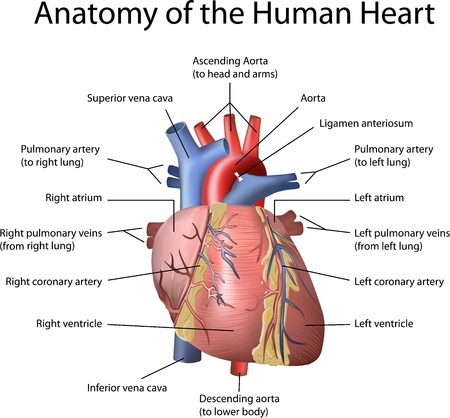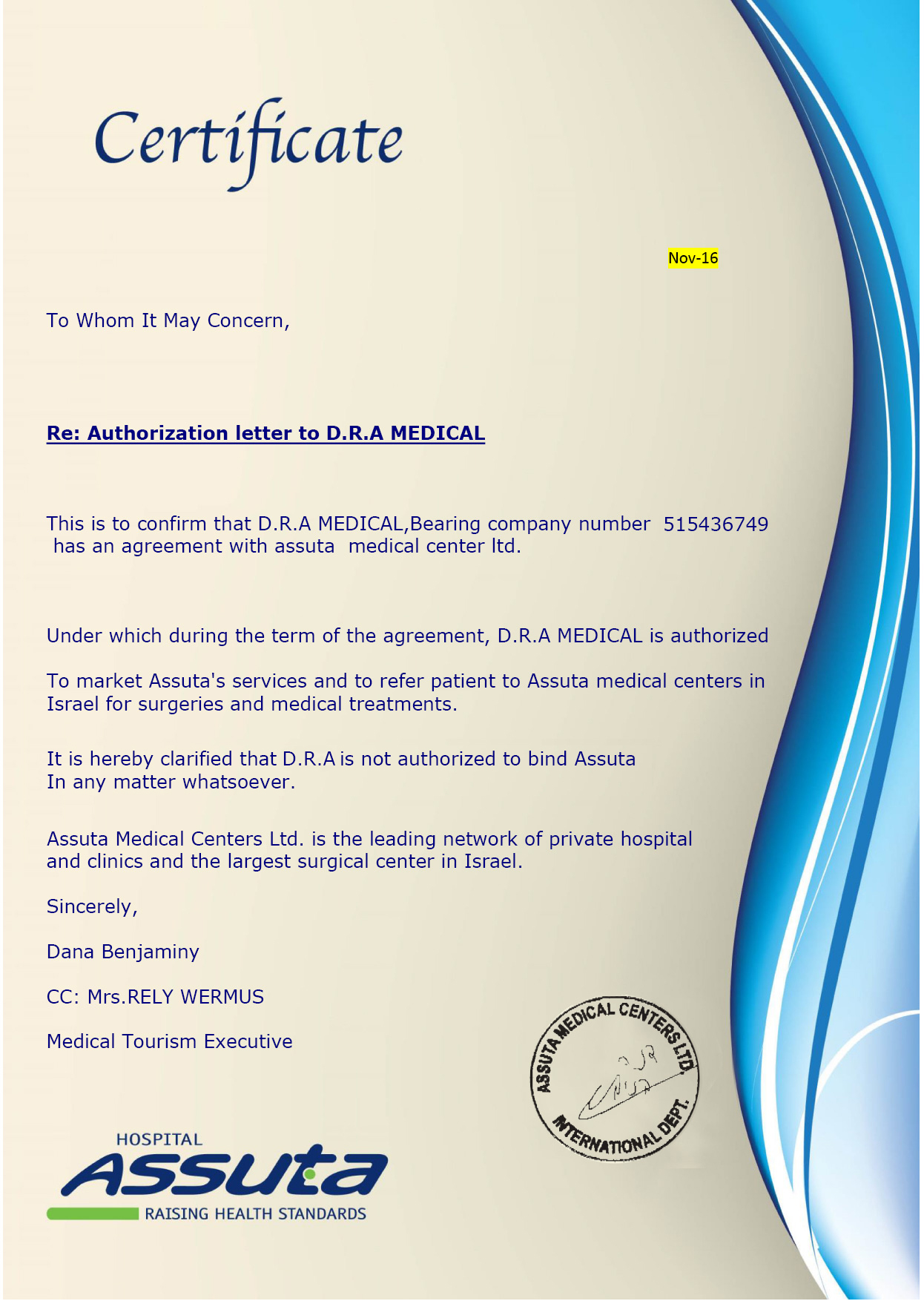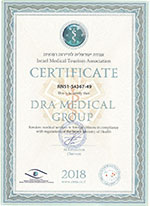Definition and overview
Our heart has four valves that guarantee that the blood flows in only one direction, the aortic valve being one of them. It is located between the left lower heart chamber (or left ventricle) and the aorta, the largest artery in the body. Aortic valve stops the blood from returning to the heart once it is pumped out of it.The aortic valve can be affected by two categories of disease – aortic valve stenosis and aortic valve regurgitation. Either can develop during the patient’s life (following an infection or as a result of natural aging) or develop earlier in the womb (congenital aortic valve disease). Aortic valve stenosis is characterized by the narrowing of the artery, which limits the blood flow from the heart to the body. Aortic valve regurgitation happens when the leaflets that make up the valve do not close completely, thus resulting in what is known as a “leaky valve”.

If the disease affecting the patient’s valve causes him to present with a variety of symptoms or even heart failure, a surgical intervention is the most advised treatment. During aortic valve surgery, a repair or replacement of the valve may take place. There are many factors that come into play when the doctor chooses between a repair and a replacement, including the age of the patient, the degree of valve disease and the presence of other medical conditions.
Aortic valve repair and replacement can be performed using traditional or minimally invasive techniques. Traditional approaches involve making 6- to 8-inch incisions in the center of the chest to provide access to the patient’s heart. In certain cases, opening the patient’s whole chest is unnecessary and a minimally invasive surgery is carried out.
Most cases of aortic valve surgery involve the replacement of the sick valve by a new valve, which can be either mechanical or biological. However, the doctor must take into account a number of factors before selecting repair or replacement as the best approach.
Advantages and disadvantages of the procedure
Aortic valve surgery (both valve repair and valve replacement) is an extremely important therapeutic option for patients whose heart is sick and weakened. Overall, its biggest advantages include the preservation of heart muscle strength and the decrease in the need for anticoagulant medication for the rest of the patient’s life. The procedure will help the heart to function more effectively. Symptoms will gradually improve and that will result in a clear improvement in the patient’s quality of life.This type of surgery does not have disadvantages per se, but there are some risks involved, which you can find listed below.

Reasons for the procedure
As explained above, aortic valve repair or replacement is considered whenever the patient presents with an aortic valve that does not work properly. The following are factors that strongly favor surgery as the best therapeutic option for the problem at hand:
- Major heart symptoms, such as chest pain, fainting and shortness of breath
- Decreased heart function
- An infection of the heart valve
- Previous unsuccessful aortic valve surgery
Risks of the procedure
Depending on the type of surgical approach selected (traditional vs. minimally invasive), risks may vary. General risks, associated with any type of surgical intervention, include blood loss, blood clot formation, infections, adverse reactions to medicines and breathing problems.Traditional surgery is generally more risky, given the higher degree of invasiveness. Possible risks of open heart surgery are:
- Stroke
- Abnormal heart rhythm
- Infection of the new valve (in the case of the valve replacement)
- Temporary loss of mental clarity
- Infection of the incision, which is more common in people who are diabetic, obese or have had this surgery before
- Post-pericardiotomy syndrome, characterized by low fever and chest pain that can last for up to 6 months.

Contraindications for the procedure
Because of the complexity and diversity of the aortic valve disease and the surgical techniques and materials available, it is nearly impossible to assemble an all-inclusive list of contraindications for this procedure. Potential contraindications include a history of chest surgery and an allergy to materials from which the prosthetic heart valves are manufactured.For the surgeon to accurately decide the best approach to tackle each patient’s problem, it is vital that the patient provides his or her doctor with all the relevant personal and medical history. Experienced heart specialists at DRA Medical have lots of experience in diagnosing and treating the aortic valve disorders.









